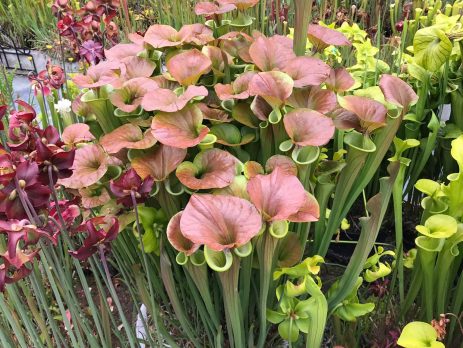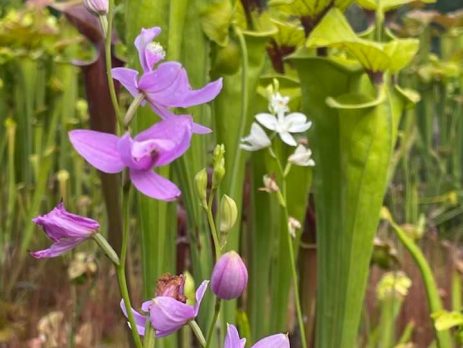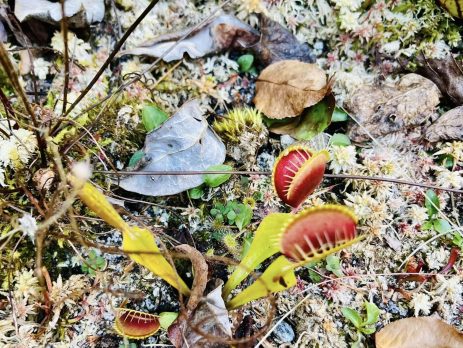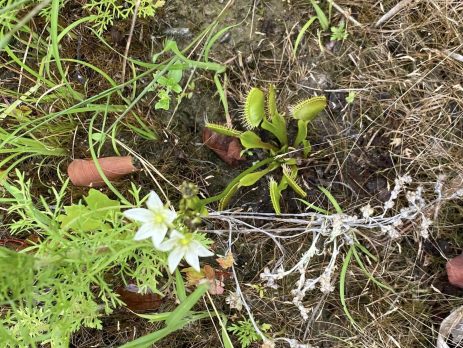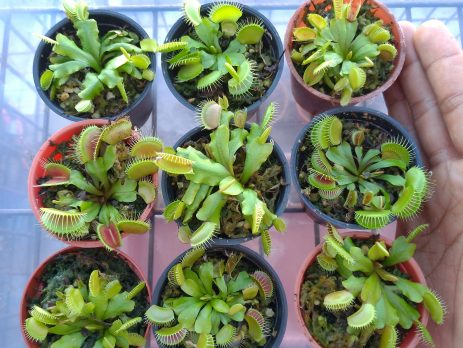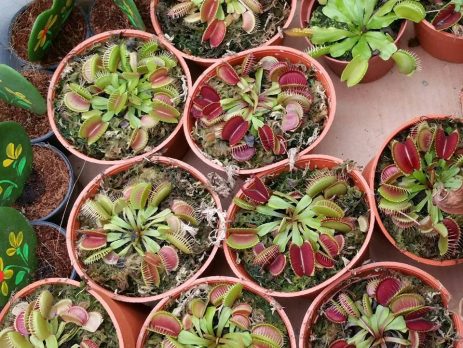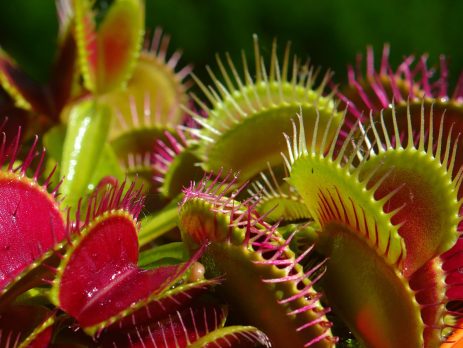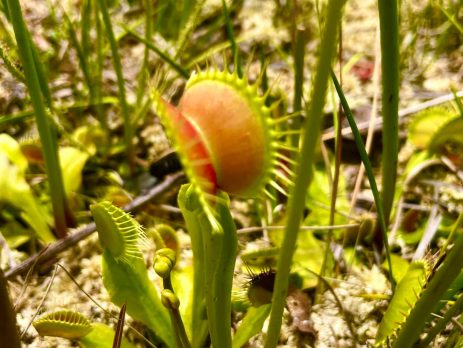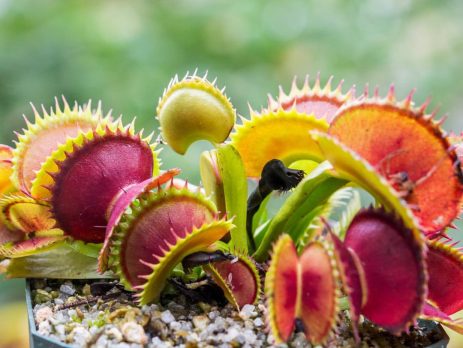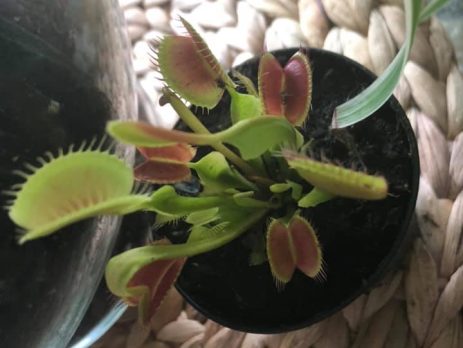American Pitcher Plant (Sarracenia) Care Sheet
Lighting Sarracenias (Pitcher Plants) need strong light. They like a sunny location in the yard with a minimum of 4 hours of direct sunlight. If grown indoors they need a very sunny window and/or to be 2 to 4 inches directly under a fluorescent light that is on for 12 to 18 hours a day. Water Do not water Sarracenia with tap water, purified water, drinking water, or mineral water because these kinds of water will kill you Pitcher Plant. They must have...

